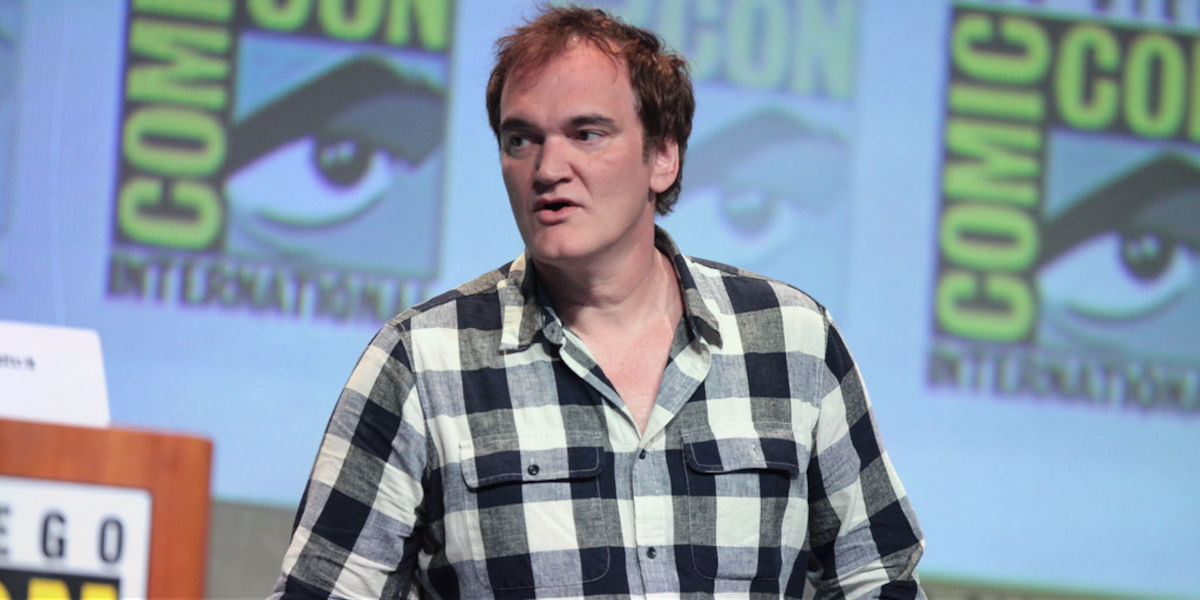Renowned for his distinctive directorial style, Quentin Tarantino's films have captivated audiences for decades. While his movies encompass varied genres, timelines, and characters, a closer look reveals these discrete narratives may not be as separate as they seem. Intriguing threads and surprising links weave through his body of work, leading many to espouse the theory of a Tarantino Cinematic Universe. Truly understanding these connections, however, requires exploratory efforts towards unravelling the director's innovative storytelling approach.
The Pattern: Unveiling Tarantino Movie Connections
Tarantino has often indicated that his movies reside in two universes: the "real" world (where the likes of Pulp Fiction and Reservoir Dogs reside) and the "movie" world (which includes films like Kill Bill and Death Proof). The "real" world is where the characters live their lives, while the "movie" world is the cinema they'd go watch. Yet, what makes this intriguing is that the bursts of interactions show a layered universe with astounding connections. This complex structure provides audiences with an almost archaeological cinema challenge - a chance to unearth connections across movies, making the viewing experience more engaging and revealing.
How are Tarantino's Movies Connected?
The verification of a Tarantino Cinematic Universe is strengthened by recurring details. For instance, the fictitious brand Red Apple Cigarettes shows up in several of his films, including Pulp Fiction, Kill Bill, From Dusk Till Dawn, and others. Another recurring brand is the Teriyaki Donut, a fast-food chain featured in Jackie Brown and Pulp Fiction.
The ties go deeper than product placement as consistent family relations appear. Vic Vega from Reservoir Dogs and Vincent Vega from Pulp Fiction are brothers, a detail that strengthens the notion of an interconnected universe. Further bridging his films are the Scagnettiís: Detective Jack Scagnetti in Natural Born Killers and Seymour Scagnetti, Mr. Blondeís parole officer from Reservoir Dogs, allude to being part of the same family tree despite being in different films.
One of Tarantino's notable cinematic strokes is the character of Sheriff Earl McGraw, who has appeared in three different movies - From Dusk Till Dawn, Kill Bill: Vol. 1, and Death Proof. This recurring motif is another breadcrumb that suggests a connection amidst the films, nudging the audience to piece together the myriad elements that comprise the Tarantino Cinematic Universe.
Other elements such as the oft-repeated shot of the 'trunk view', the frequent usage of non-linear narratives, foot fascination, and razor-sharp dialogue also transcend his body of work, further fueling the theory of an interconnected universe.
The Philosophy behind Tarantino's Interconnected Universe
Quentin Tarantino is revered and recognized for his filmmaking genius, but one lesser-explored territory of his mastery is the interconnectedness of his cinematic universe. It is a creative move that defines the cornerstone of his oeuvreóintertwining stories and characters to craft a unique storytelling web that connects seemingly discrete films. These connections range from direct character relationships to subtle product placements, and in this deep delve, we'll uncover the threads that link Tarantino's cinematic universe together.
Let's take "Reservoir Dogs" and "Pulp Fiction," two of Tarantino's earliest films. Both movies are notorious for their lifelike violence and sparkling dialogue. But underneath the surface, the characters Mr. Blonde (also known as Vic Vega) from "Reservoir Dogs" and Vincent Vega from "Pulp Fiction" are actually siblings. This link between the two films isn't explicitly stated but verified by Tarantino himself.
Tarantino had even contemplated making a prequel, featuring these brothers, though unfortunately, this idea failed to materialize. However, confirming this kinship connection further strengthens the interwoven threads within his universe.
Moving onto another inter-film link, we find within "Django Unchained" and "The Hateful Eight." These films have a common denominator in the form of an unseen character - Mr. Moguy. He is mentioned as the lawyer of plantation owner Calvin Candie in "Django Unchained," and his descendant, Oswaldo Mobray, surfaces as a key character in Tarantino's western mystery "The Hateful Eight."
More subtle and interestingly, Tarantinoís fictitious product placements work to create a subliminal continuity between his films. The ubiquitous pack of 'Red Apple' cigarettes appearing in "Pulp Fiction," "Kill Bill," "From Dusk Till Dawn," and "The Hateful Eight" is a classic example of these placements. This interspersion creates a common, recurring motif that stitches together the patchwork of Tarantino's universe.
Finally, let's not forget about the invaluable contribution of the characters themselves. Several characters appear or are mentioned across multiple films, weaving the intricate web even tighter. Tarantinoís talent for creating compelling, multi-dimensional characters allows him to skillfully reuse them, further connecting his universe.
In conclusion, the interconnectedness of Quentin Tarantino's films is a testament to his mastery of storytelling and world-building. The intertwining characters, stories, and shared items between his films blend seamlesslyómaking Tarantino's cinematic universe an icon of interconnected filmmaking.




